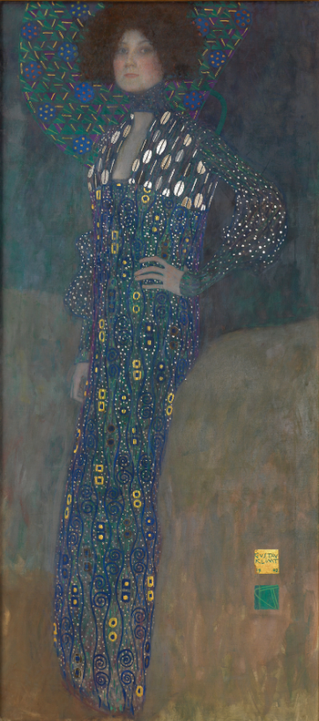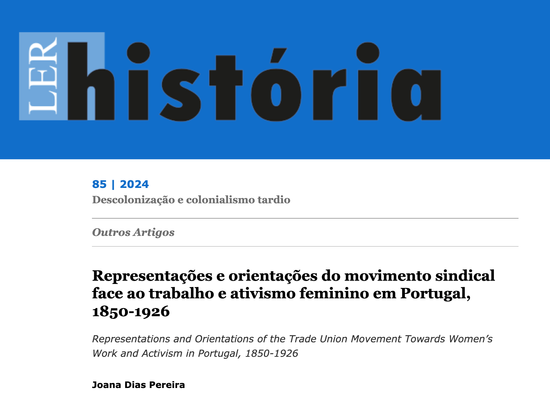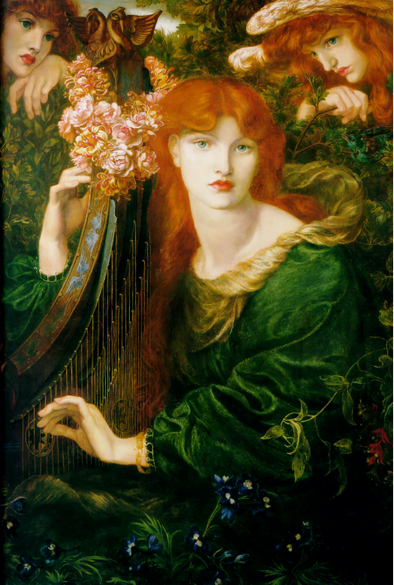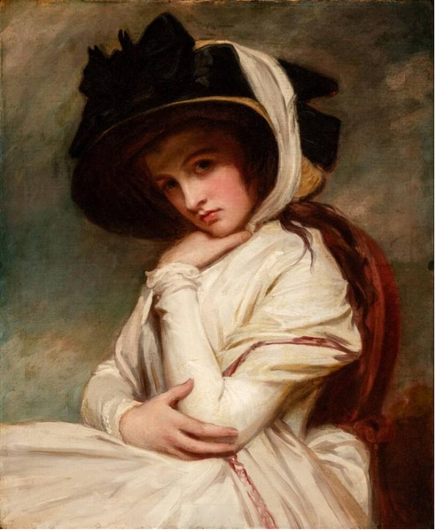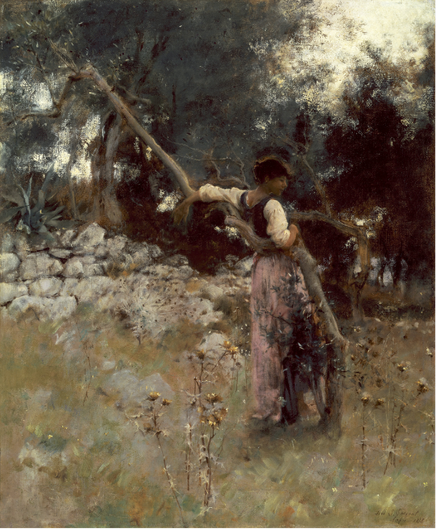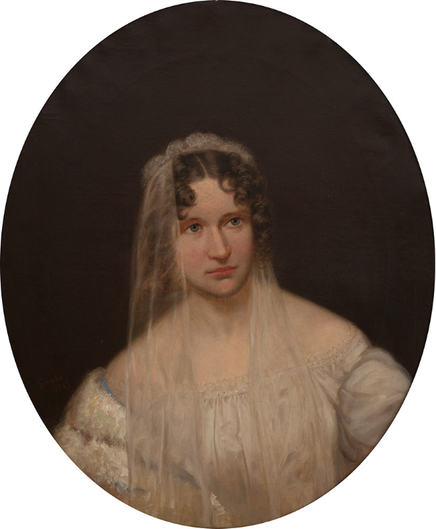~ Muses & Egeria, Emilie Louise Flöge ~
Emilie Louise Flöge (1874–1952) was an Austrian fashion designer, businesswoman and the life companion of the painter Gustav Klimt.
In 1894, Pauline, her elder sister, opened a dressmaking school and Emilie worked there. In 1899 the two sisters won a dressmaking competition and were commissioned to make a batiste dress for an exhibition. The same year Flöge handmade the wedding dress for the mother of Gustav Klimt Heiress Maria Altmann.
In partnership with her sister Helene, after 1904 Flöge established herself as a successful businesswoman and the owner of the haute couture fashion salon known as Schwestern Flöge in Vienna. In this salon, which had been designed by the architect Josef Hoffmann, she presented designer clothing in the style of the Wiener Werkstätte. This style was promoted by the feminist movement in Vienna and was characterized by high bodices, a loose silhouette, and billowing sleeves. After the Anschluss with the German Third Reich in 1938, Flöge lost her most important customers and had to close her salon.
In 1891, Helene, one of Emilie's two older sisters, married Ernst Klimt, the brother of Gustav Klimt. When Ernst died in December 1892, Gustav was made Helene's guardian. At that time Emilie was eighteen years old and Gustav became a frequent guest at the home of her parents, spending the summers with the Flöge family. Klimt portrayed her in many of his works. Some believe that his painting The Kiss (1907–08) shows the artist and Emilie Flöge as lovers.
Painting : Emilie Flöge, by Gustav Klimt
#art #arthistory #history #womenshistory #womenofhistory #historyofwomen #womenfromhistory #painting
Emilie Louise Flöge (1874–1952) was an Austrian fashion designer, businesswoman and the life companion of the painter Gustav Klimt.
In 1894, Pauline, her elder sister, opened a dressmaking school and Emilie worked there. In 1899 the two sisters won a dressmaking competition and were commissioned to make a batiste dress for an exhibition. The same year Flöge handmade the wedding dress for the mother of Gustav Klimt Heiress Maria Altmann.
In partnership with her sister Helene, after 1904 Flöge established herself as a successful businesswoman and the owner of the haute couture fashion salon known as Schwestern Flöge in Vienna. In this salon, which had been designed by the architect Josef Hoffmann, she presented designer clothing in the style of the Wiener Werkstätte. This style was promoted by the feminist movement in Vienna and was characterized by high bodices, a loose silhouette, and billowing sleeves. After the Anschluss with the German Third Reich in 1938, Flöge lost her most important customers and had to close her salon.
In 1891, Helene, one of Emilie's two older sisters, married Ernst Klimt, the brother of Gustav Klimt. When Ernst died in December 1892, Gustav was made Helene's guardian. At that time Emilie was eighteen years old and Gustav became a frequent guest at the home of her parents, spending the summers with the Flöge family. Klimt portrayed her in many of his works. Some believe that his painting The Kiss (1907–08) shows the artist and Emilie Flöge as lovers.
Painting : Emilie Flöge, by Gustav Klimt
#art #arthistory #history #womenshistory #womenofhistory #historyofwomen #womenfromhistory #painting
